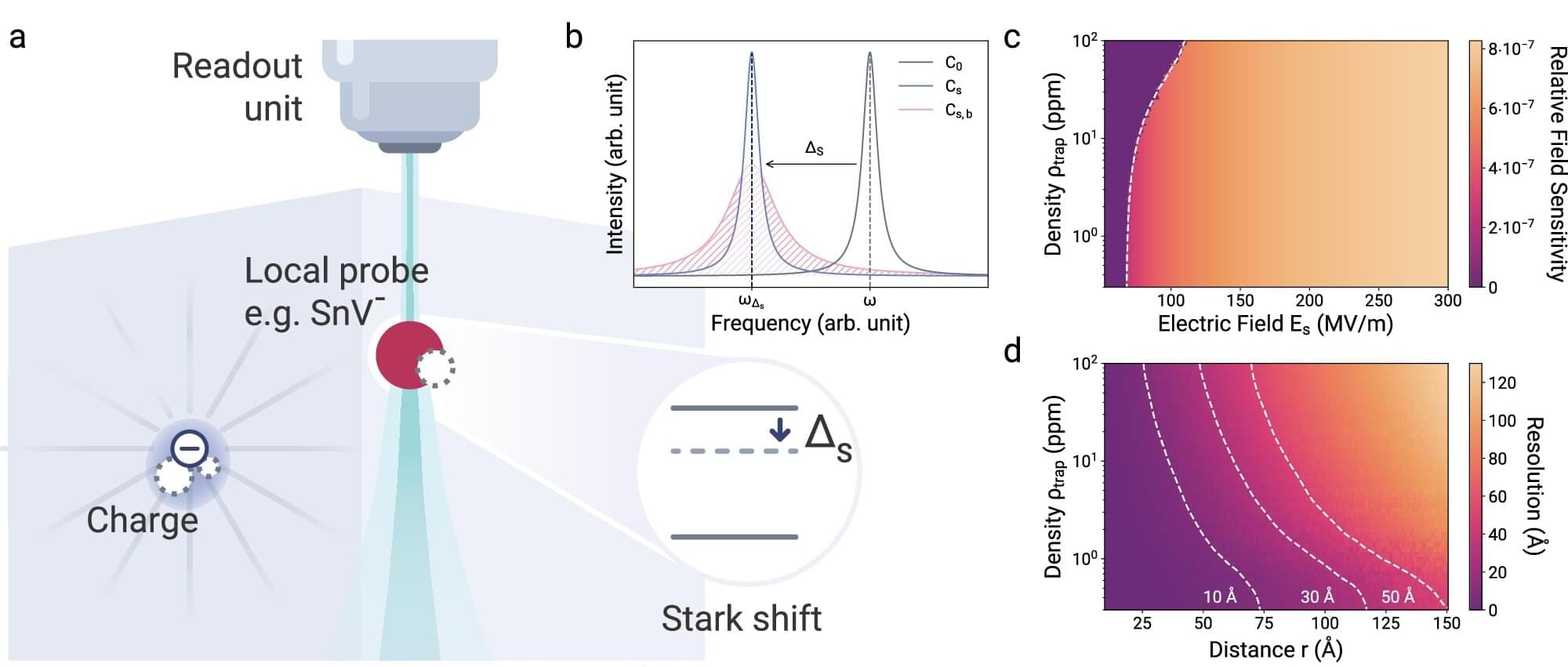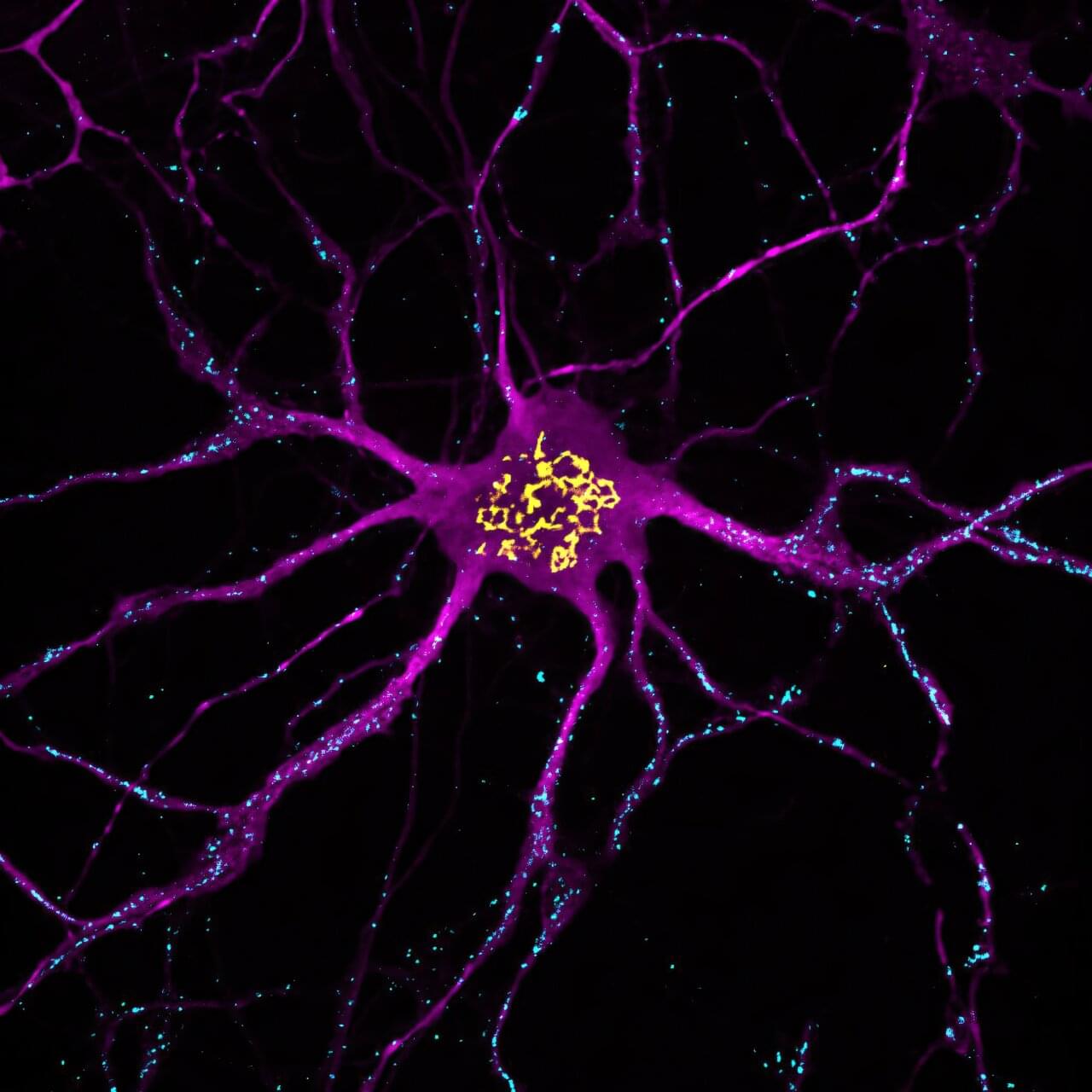The amplituhedron is a geometric shape with an almost mystical quality: Compute its volume, and you get the answer to a central calculation in physics about how particles interact.
Now, a young mathematician at Cornell University named Pavel (Pasha) Galashin has found that the amplituhedron is also mysteriously connected to another completely unrelated subject: origami, the art of paper folding. In a proof posted in October 2024, he showed that patterns that arise in origami can be translated into a set of points that together form the amplituhedron. Somehow, the way paper folds and the way particles collide produce the same geometric shape.
“Pasha has done some brilliant work related to the amplituhedron before,” said Nima Arkani-Hamed, a physicist at the Institute for Advanced Study who introduced the amplituhedron in 2013 with his graduate student at the time, Jaroslav Trnka. “But this is next-level stuff for me.”








